Alaskan Malamute Vs Siberian Husky Which Is Better?

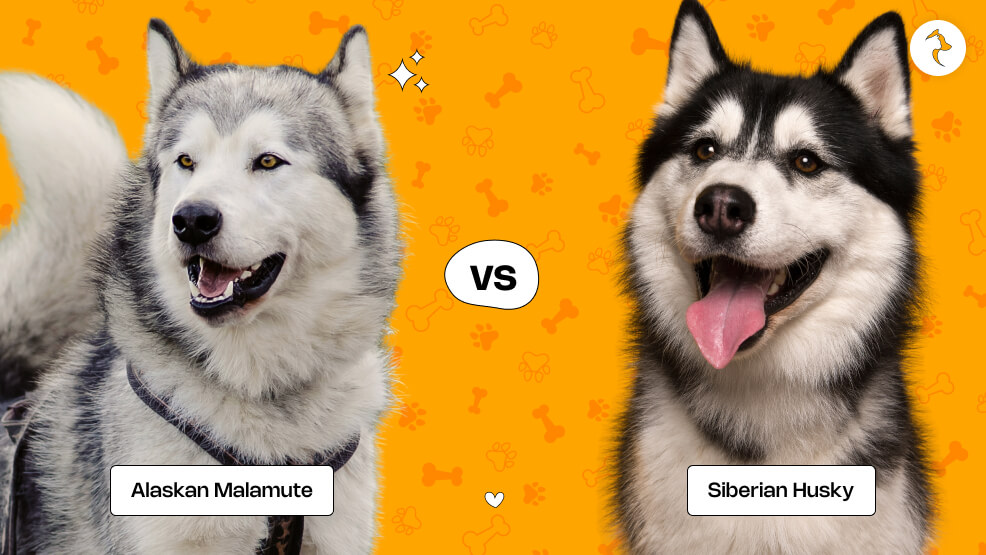
Whenever you consider a giant sled dog, surely it comes down to Alaskan Malamute and Siberian Husky among the topmost breed suggestions for most.
With these two breeds having common ancestry built up upon the use of a dog in sled, many characteristic aspects about them are very much the same.
Yet crucial differences stand the breed apart from one another when deciding over life lifestyles or homes. Below is a comprehensive comparison of both breeds to enable you settle on the one that suits your needs best.
Alaskan Malamute: Background and History
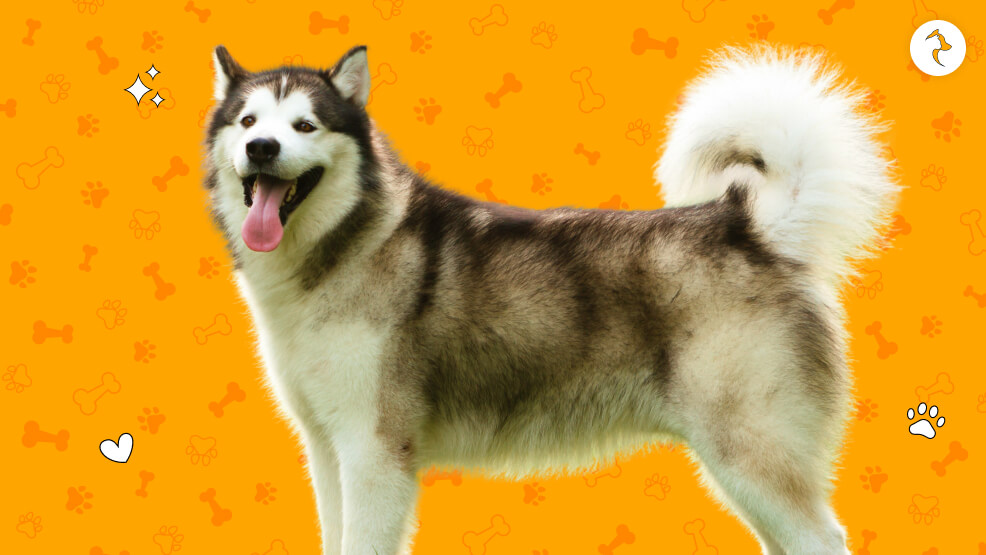
This breed of dog was developed by the Inuit people, especially the Malamute tribe in Alaska. They were bred to haul heavy loads and keep company in icy Arctic climates.
These dogs were primarily used for long-distance hauling in extreme temperatures of heavy loads. They mostly hauled freight and on sleds.
Siberian Husky: Background and History
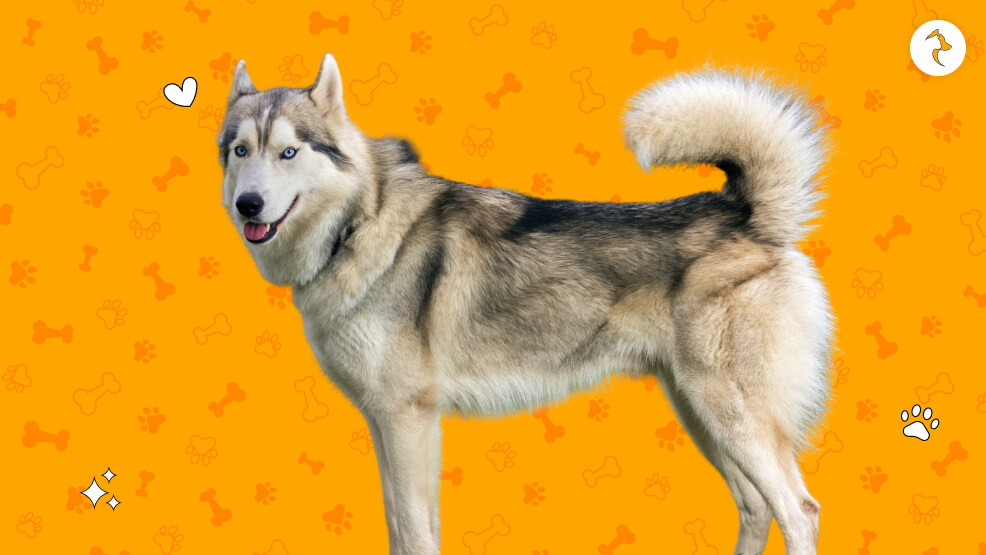
The Siberian Husky originated from the Chukchi people in Siberia, Russia. These dogs were used as sled dogs and helping to herd reindeer.
It was bred for speed and endurance but pulling lighter sleds at more rapid speeds over great distances in cold climates.
| Features | Alaskan Malamute | Siberian Husky |
| Origin | Alaska, bred by the Inuit people (Malamute tribe) | Siberia, bred by the Chukchi people |
| Purpose | Hauling heavy freight, pulling sleds | Pulling lighter sleds, herding reindeer |
| Temperament | Independent, strong-willed, hardy | Energetic, friendly, team-oriented |
Alaskan Malamute: Physical Characteristics
- Size: Large breed, weighing around 80-100 pounds with a height of 23-26 inches.
- Body: Built to be muscular and strong for heavy lifting and pulling.
- Coating: Strong, thick double coat for the weather, made to keep it warm and cozy.
- Colors: Gray, black, sable, or red with white markings
Siberian Husky: Physical Characteristics
- Size: Medium-length size, 35 to 60 pounds, and has 20 to 24 inches high
- Body: Lean, athletic body, built to run and endurance
- Coating: Medium length of dense double coat that sheds much.
- Colors: These dogs come in a range of colors: black, gray, red, and agouti; often with face markings.
| Features | Alaskan Malamute | Siberian Husky |
| Size | Larger (80-100 lbs, 23-26 inches) | Medium (35-60 lbs, 20-24 inches) |
| Build | Muscular, Stocky | Lean, athletic |
| Coat | Thick, double-layered | Medium-length, double-layered |
| Color | Gray, black, sable, red with white | Black, grey, red, agouti, often with masks |
Alaskan Malamute vs Siberian Husky: Temperament and Personality
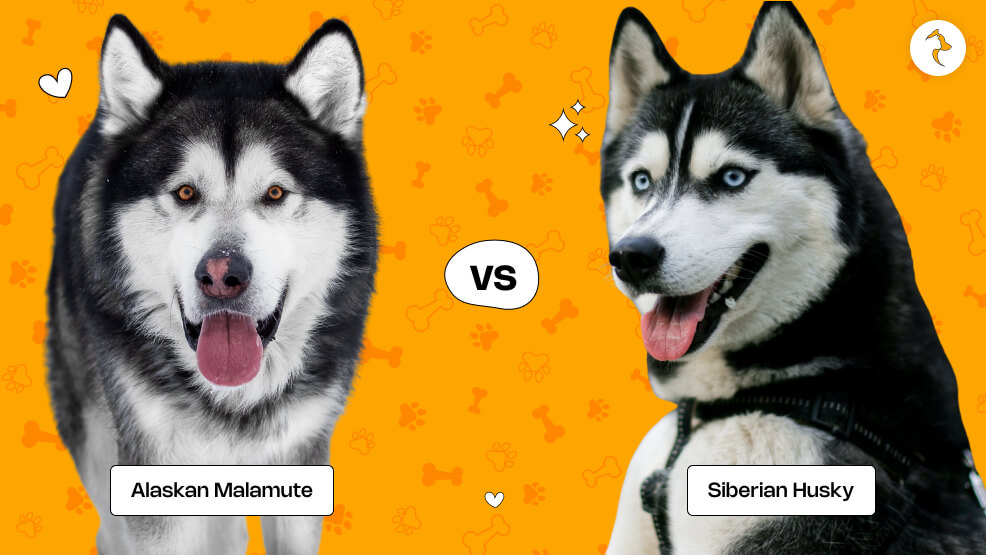
- Temperament: Independent, strong-willed, and often more aloof toward strangers. They are utterly loyal to their family and repute for being calm indoors.
- Personality: Malamutes are much more serious and less outgoing compared to their husky cousins.
Generally, they love attention from their people but like to be less social with people other than their family. Huskies are more outgoing, fun-loving, and enjoy socializing with everyone, thus perfect for families with children or other pets.
| Features | Alaskan Malamute | Siberian Husky |
| Temperament | Independent, reserved, loyal | Energetic, friendly, social |
| Personality | Calm, affectionate with family, aloof with strangers | Playful, outgoing, loves socializing |
Alaskan Malamute: Exercise and Activity Needs
- Exercise Needs: This dog needs moderate to high exercise but loves low-intensity exercises like moving heavy loads or walking. They require less vigorous exercise daily than a Husky.
- Energy Level: This is a very energetic dog, but this dog becomes relatively calm at home. This dog likes resting after doing its exercise.
Siberian Husky: Exercise and Activity Needs
- Needs Exercise: High, he loves running and playing; he requires 1 to 2 hours of high-intensity exercise.
- Energy Level: Very high; Malamutes require regular mental and physical stimulation to avoid destructive tendencies.
| Feature | Alaskan Malamute | Siberian Husky |
| Exercise Needs | Moderate to intense (30-60 minutes) | High (1-2 hours) |
| Energy Level | High, but calmer and more reserved indoors | Very high, always active and playful |
Alaskan Malamute: Training and Intelligence
- Training: Extremely intelligent but independent and needy with a firm, gentle handler. They do not have as much enthusiasm to please like the Husky.
- Training Difficulty: Moderate; requires frequent, firm leadership.
Siberian Husky: Training and Intelligence
- Training: Also, smart but Huskies tend to be more obstinate and independent. Because of the pack instinct, however, they remain somewhat trainable. Still, it demands regular, consistent training.
- Training Difficulty: Moderate to difficult; they need an experienced owner who can give them proper handling of their independent nature.
| Feature | Alaskan Malamute | Siberian Husky |
| Training | Independent, stubborn, needs firm leadership | Stubborn but more trainable with pack mentality |
| Intelligence | High, but less responsive to commands | High, but easily distracted |
Alaskan Malamute: Health and Lifespan
- Life Span: 10-14 years
- Other Common Health Issues: Hip dysplasia, cataracts, hypothyroidism, and autoimmune disorders.
- Health: Generally healthy, but the bigger ones suffer joint problems because of their ages.
Siberian Husky: Health and Lifespan
- Life expectancy: 12-15 years
- Other Common Health Issues:Hip dysplasia, cataracts, glaucoma, and seizures are other common health issues.
- Health: A pretty healthy breed generally, but active ones suffer injuries and tiredness owing to their high energy level.
| Feature | Alaskan Malamute | Siberian Husky |
| Lifespan | 10-14 years | 12-15 years |
| Common Health Issues | Hip dysplasia, hypothyroidism, cataracts | Hip dysplasia, eye problems, seizures |
Alaskan Malamute: Grooming and Maintenance
- Shedding: It sheds a lot especially in shedding season which falls on spring and fall.
- Grooming: Heavily requires brushing which must be done regularly at 2 to 3 times a week especially in the shedding period. The heavy coat should be maintained from matting.
Siberian Husky: Grooming and Maintenance
- Shedding: It sheds a lot, especially in spring and fall.
- Grooming: Should be brushed regularly to minimize shedding and keep its coat clean. Compared to Malamute, this is relatively easier to handle.
| Feature | Alaskan Malamute | Siberian Husky |
| Shedding | Heavy, especially in shedding seasons | Heavy, especially in shedding seasons |
| Grooming | Regular brushing (2-3 times a week) | Regular brushing (2-3 times a week) |
Alaskan Malamute: Living Environment and Suitability
- Living Environment: They do well in homes in cold climates with large yards where they can run and play. They are not suited for apartment living because of the size and exercise requirements.
- Suitability: It is the most suited breed for active families that stay in cold regions and especially for big areas where they can move about and exercise.
Siberian Husky: Living Environment and Suitability
- Living Environment: They thrive best in houses having wide backyards but are very easy to survive even other places if exercised properly.
- Suitability: Apartment life is not for them; however, Huskies have a better suitability than that of Malamutes if the need for energy is met.
| Feature | Alaskan Malamute | Siberian Husky |
| Living Environment | Cold climates, large yards, not suitable for apartments | Cold climates, large yards, can adapt better to different environments |
| Suitability | Not suitable for apartments or warm climates | Not ideal for apartments, but more adaptable |
Wrapping Up!
Alaskan Malamute is best suited to clients who seek a giant dog which is quite independent although relatively gentle and very extra in heavy hauling to the extent that it takes time to handle moderate exercise.
Conversely, a Siberian Husky will be of great utility to active people for it shall provide an amusing companion by its side as it accompanies high-level and high activity exercises wherein the dog thrives about social interaction.
Therefore, the choice depends on your living environment and exercise preferences and on the type of relationship you intend to have with your dog.

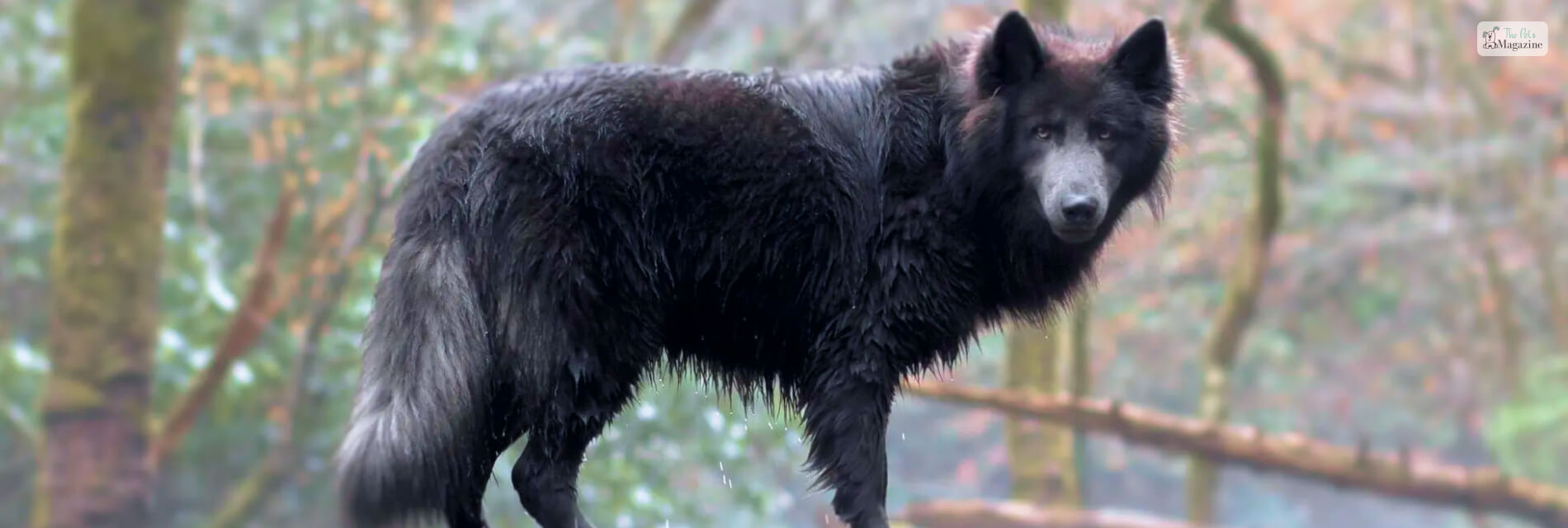
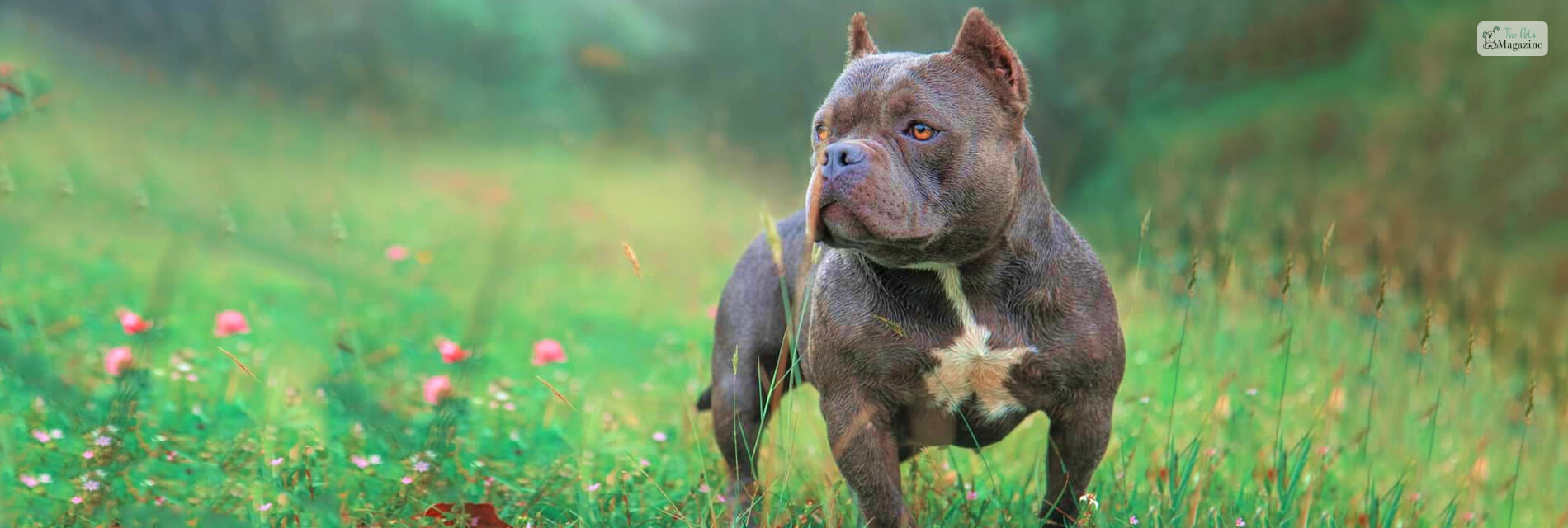

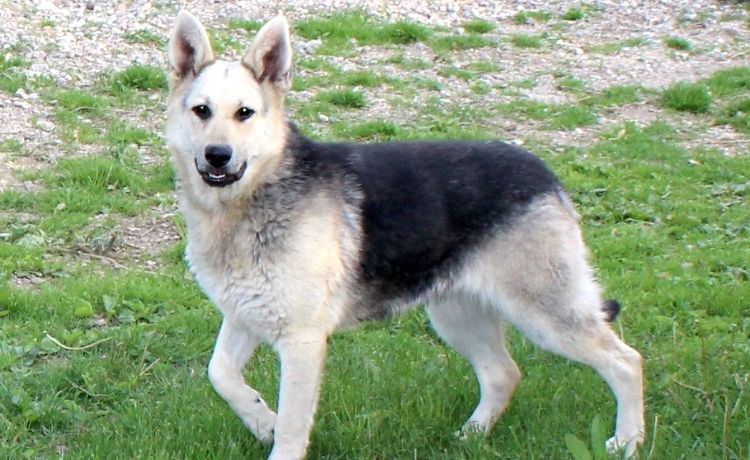
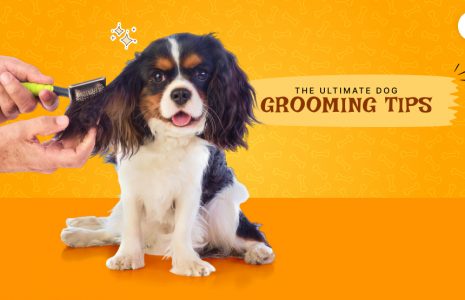

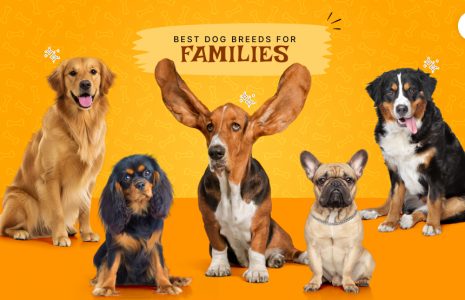
Leave A Comment